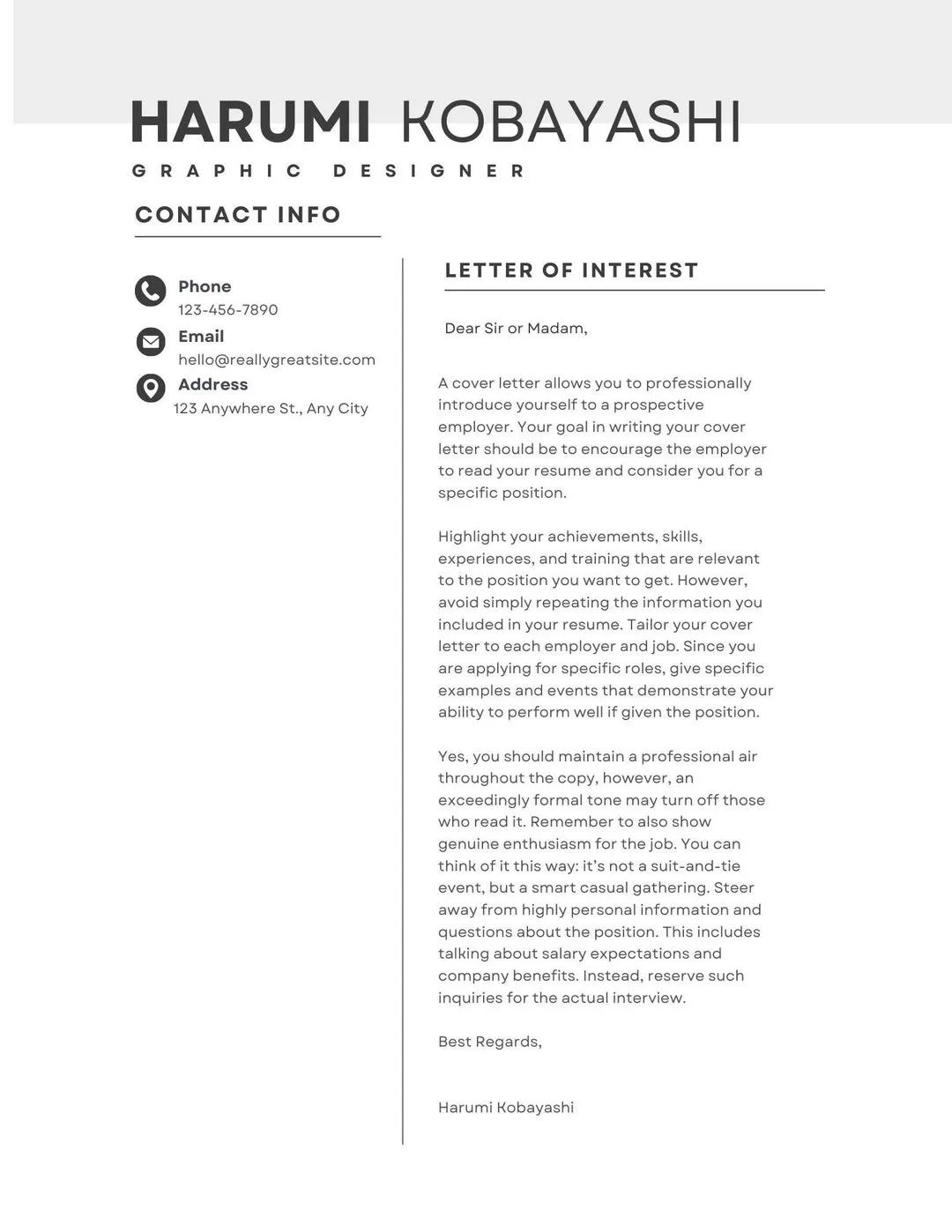Cover Letter & Resume Tips
In the competitive world of job applications, making a strong first impression is crucial. Your cover letter and resume are your primary marketing tools, and how you present them can significantly impact your chances of landing an interview. Combining these two documents effectively is a strategic move that allows you to present a cohesive and compelling narrative of your skills, experience, and aspirations. This guide will delve into the essential tips for crafting an outstanding cover letter and resume combination that will help you stand out from the competition and increase your chances of success in the job market. By following these guidelines, you’ll learn how to create a professional, polished application that highlights your qualifications and makes a lasting impact on potential employers.
Understanding the Power of a Combined Approach
The combination of a cover letter and resume isn’t merely about submitting two documents; it’s about weaving a complete story. The resume offers a snapshot of your professional background, detailing your skills, experience, and education in a concise manner. The cover letter, on the other hand, provides an opportunity to showcase your personality, explain your career goals, and highlight why you are the perfect fit for the specific role. Together, they create a comprehensive picture of who you are and what you can bring to the table. Utilizing a combined approach shows employers that you are thoughtful, organized, and detail-oriented, all valuable qualities in any professional setting.
Why Combine Cover Letter and Resume
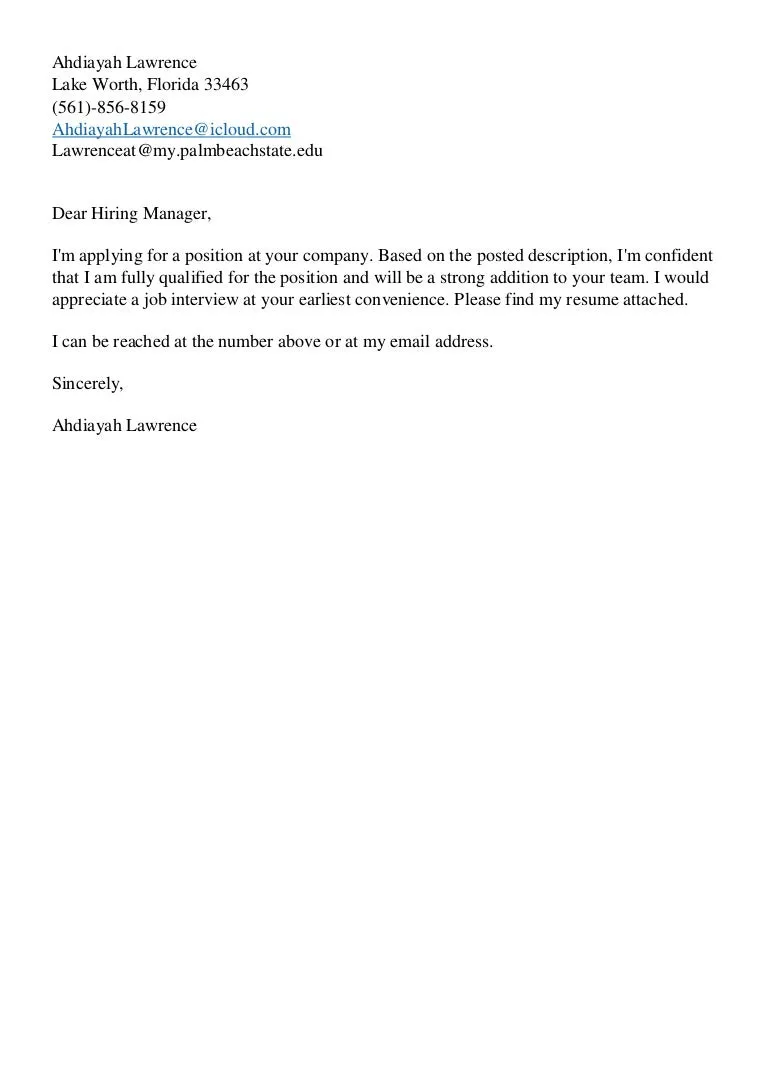
Combining your cover letter and resume helps you create a stronger, more persuasive application. It provides context to your resume, which might not fully capture your personality or explain your motivations. A well-written cover letter allows you to elaborate on your experiences, explain gaps in your employment, or highlight specific skills relevant to the job. When employers receive these two documents, it shows that you’ve taken the time and effort to present a complete and well-considered application. This demonstrates your attention to detail and your genuine interest in the role, which are qualities that employers highly value.
Benefits of a Unified Application
A unified application offers several benefits. It allows you to create a narrative that flows seamlessly from your cover letter to your resume, ensuring that your key strengths and qualifications are emphasized throughout. This approach helps to reinforce your message and make a more significant impact on the hiring manager. Furthermore, a combined application allows you to tailor your application to the specific requirements of each job. By referencing specific keywords and demonstrating how your skills and experiences align with the job description, you can increase your chances of being selected for an interview. This tailored approach demonstrates your interest and demonstrates your understanding of the role and the company’s needs.
Top 5 Tips for Combining Cover Letter and Resume
Tip 1 Tailor Your Application
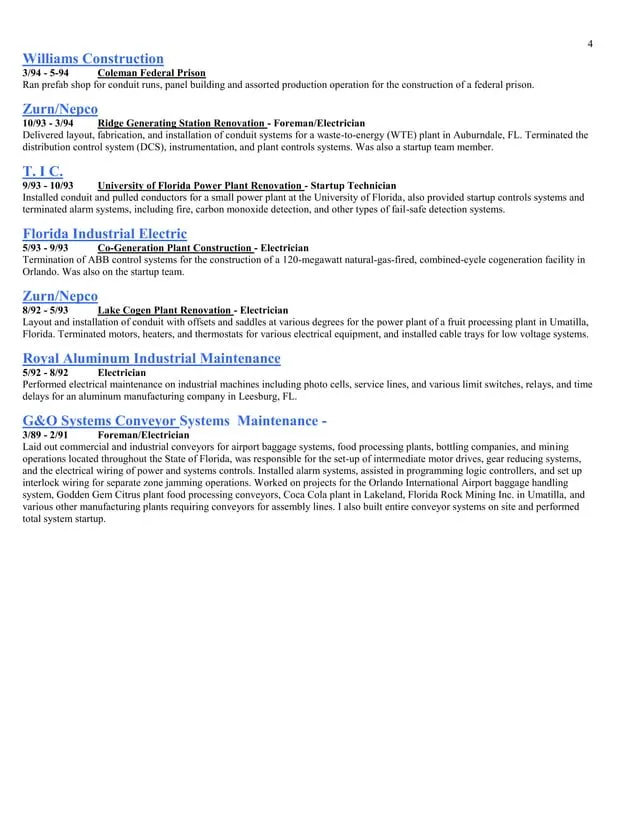
One of the most critical tips is to tailor both your cover letter and resume to each job application. Avoid using a generic cover letter or resume template. Instead, take the time to read the job description carefully and customize your documents to match the specific requirements. This shows employers that you’ve done your research and are genuinely interested in the role. Highlighting the specific skills and experiences mentioned in the job description makes you stand out from the competition. This customization process demonstrates your attention to detail and your willingness to go the extra mile, which are highly regarded by employers.
Customizing for Each Role
Customizing your application for each role involves more than simply changing the company name. It requires a thorough understanding of the job requirements and the company’s values. Modify your cover letter to address the hiring manager directly, expressing how your skills and experiences align with the role. Your resume should highlight the achievements most relevant to the job, quantifying your successes whenever possible. By carefully aligning your application with the specific needs of the role, you increase your chances of being noticed and selected for an interview. This tailored approach will show the recruiter that you’re serious about the position.
Highlighting Relevant Skills
Identify the key skills mentioned in the job description and make sure they are prominently displayed in both your cover letter and resume. Use action verbs to describe your accomplishments and quantify your achievements whenever possible. For example, instead of saying “Managed projects,” say “Managed five cross-functional projects, delivering them on time and within budget, resulting in a 15% increase in efficiency.” Ensure that your language reflects the industry and company culture. Use keywords and phrases from the job description to demonstrate that you understand the role’s requirements. Highlighting relevant skills allows you to quickly demonstrate your value to the employer.
Tip 2 Structure and Formatting

The structure and formatting of your cover letter and resume are crucial for creating a professional and readable application. A well-structured document is easier to read and understand. This means using clear headings, bullet points, and ample white space to break up text. The goal is to make it easy for the hiring manager to find the information they need. The formatting should be consistent across both documents, ensuring a cohesive look and feel. Consider using a modern, professional font and maintaining consistent margins throughout. This structured approach shows attention to detail and professionalism. Remember that employers will be reviewing many resumes, so formatting plays a critical role in standing out.
Choosing the Right Layout
Select a layout that is easy to read and visually appealing. Your cover letter should have a clear introduction, body paragraphs, and a concise conclusion. The resume should be organized with clear sections such as contact information, a professional summary or objective, work experience, education, and skills. Ensure that your contact information is easy to find and up to date. Use bullet points to list your responsibilities and accomplishments. Make sure the layout is uncluttered and that the most important information is easily visible. Choose a layout that reflects your personality and the industry you are applying to. A clean and organized layout will help you make a positive first impression.
Font and Style Consistency
Consistency is key to creating a professional application. Use the same font and font size throughout both your cover letter and resume. Avoid using multiple fonts or different font sizes, as this can make your application look cluttered and unprofessional. Choose a readable font such as Arial, Calibri, or Times New Roman. Keep the margins consistent and use appropriate spacing between paragraphs and sections. Consistency in font and style shows attention to detail and professionalism. It helps create a cohesive look that makes your application easier to read and understand. Make sure the formatting is consistent from start to finish.
Tip 3 Content Integration
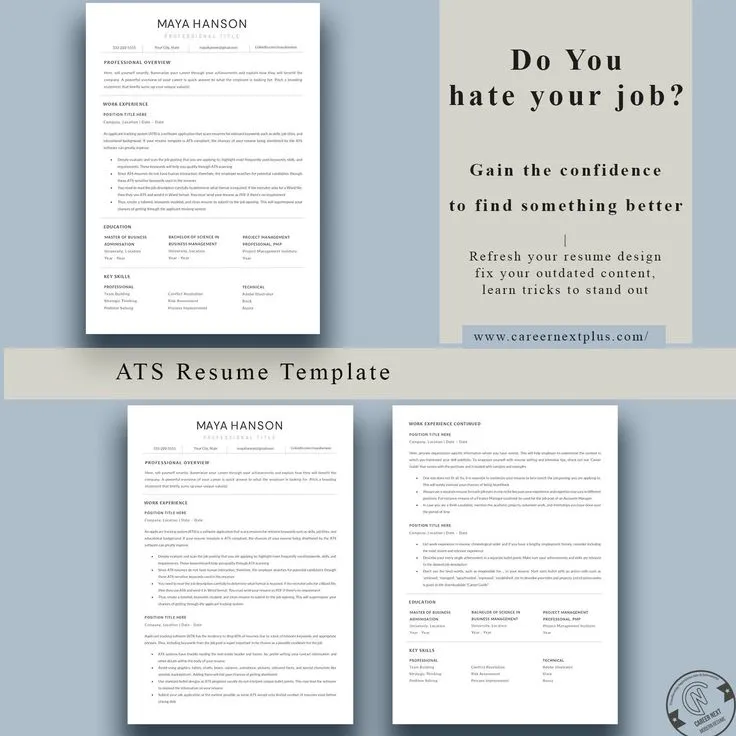
Content integration is about creating a seamless narrative between your cover letter and resume. Your cover letter should introduce you and highlight the most relevant aspects of your resume. It should provide context, explain your motivations, and connect your experiences to the job requirements. Avoid simply repeating information from your resume. Instead, use your cover letter to expand on your achievements and skills, providing concrete examples to illustrate your value. This integrated approach helps you demonstrate your qualifications and shows employers that you are a thoughtful and well-prepared candidate. It’s all about making a compelling case for why they should choose you.
Summarizing Key Achievements
Your cover letter is the perfect place to summarize your key achievements and explain why they align with the job requirements. Select a few of your most impressive accomplishments and elaborate on them. Quantify your achievements whenever possible, using numbers and metrics to demonstrate your impact. For example, instead of saying “Increased sales,” say “Increased sales by 20% within one year.” This adds credibility to your claims and shows employers the value you can bring to their organization. By highlighting key achievements, you make it easy for the hiring manager to quickly understand your qualifications and potential.
Connecting Cover Letter and Resume Points
Your cover letter and resume should tell a connected story, weaving together your experiences, skills, and accomplishments. Refer to specific points on your resume in your cover letter and explain them in more detail. Use your cover letter to bridge any gaps in your employment history or explain your reasons for changing jobs. By connecting the points in both documents, you create a cohesive narrative that demonstrates your suitability for the role. This integrated approach makes a more persuasive case, showing the hiring manager that you are a well-rounded candidate with a clear understanding of the job requirements and your own strengths.
Tip 4 Keyword Optimization
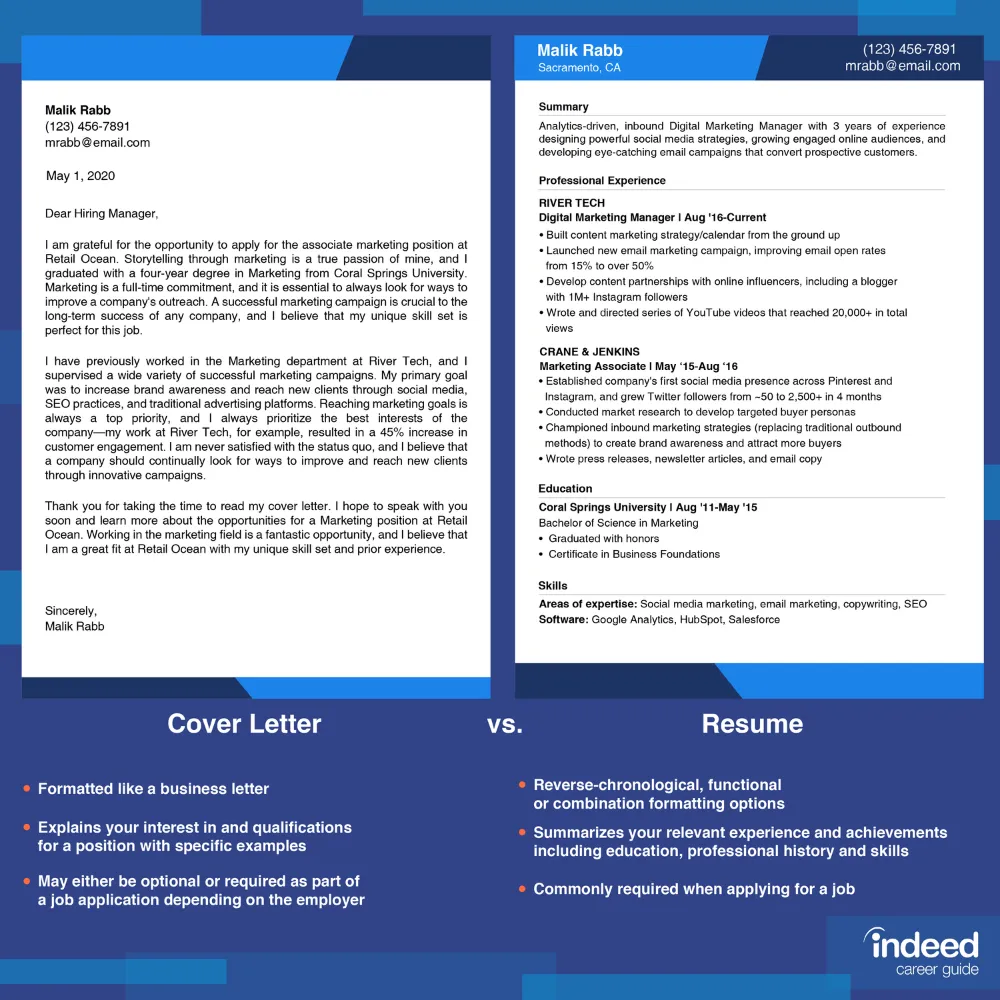
Keyword optimization is essential for ensuring that your application gets noticed by applicant tracking systems (ATS) and hiring managers. Carefully review the job description and identify the keywords and phrases that the employer uses to describe the ideal candidate. Incorporate these keywords throughout your cover letter and resume, ensuring that they are used naturally and contextually. This will help your application pass through ATS and get noticed by the hiring manager. Strategic keyword placement is crucial for improving the visibility of your application and increasing your chances of getting an interview. This is a necessary practice in today’s job market.
Identifying Relevant Keywords
Begin by thoroughly analyzing the job description to identify the key skills, qualifications, and responsibilities. Make a list of all the relevant keywords and phrases that are used to describe the role. Look for both hard skills (e.g., project management, data analysis) and soft skills (e.g., communication, leadership). Pay attention to any specific industry jargon or terminology. This list will be your guide for optimizing your application. The more you understand the language used in the job description, the better you can tailor your application.
Strategic Placement of Keywords
Once you have identified the relevant keywords, strategically place them throughout your cover letter and resume. Include keywords in your professional summary or objective, skills section, and work experience descriptions. Use keywords to describe your achievements and responsibilities. Be careful not to overuse keywords, as this can make your application sound unnatural and forced. The goal is to seamlessly integrate keywords into your content. The best approach is to use keywords naturally, demonstrating your ability to perform the job’s required tasks and emphasizing your value to the hiring manager.
Tip 5 Proofreading and Editing
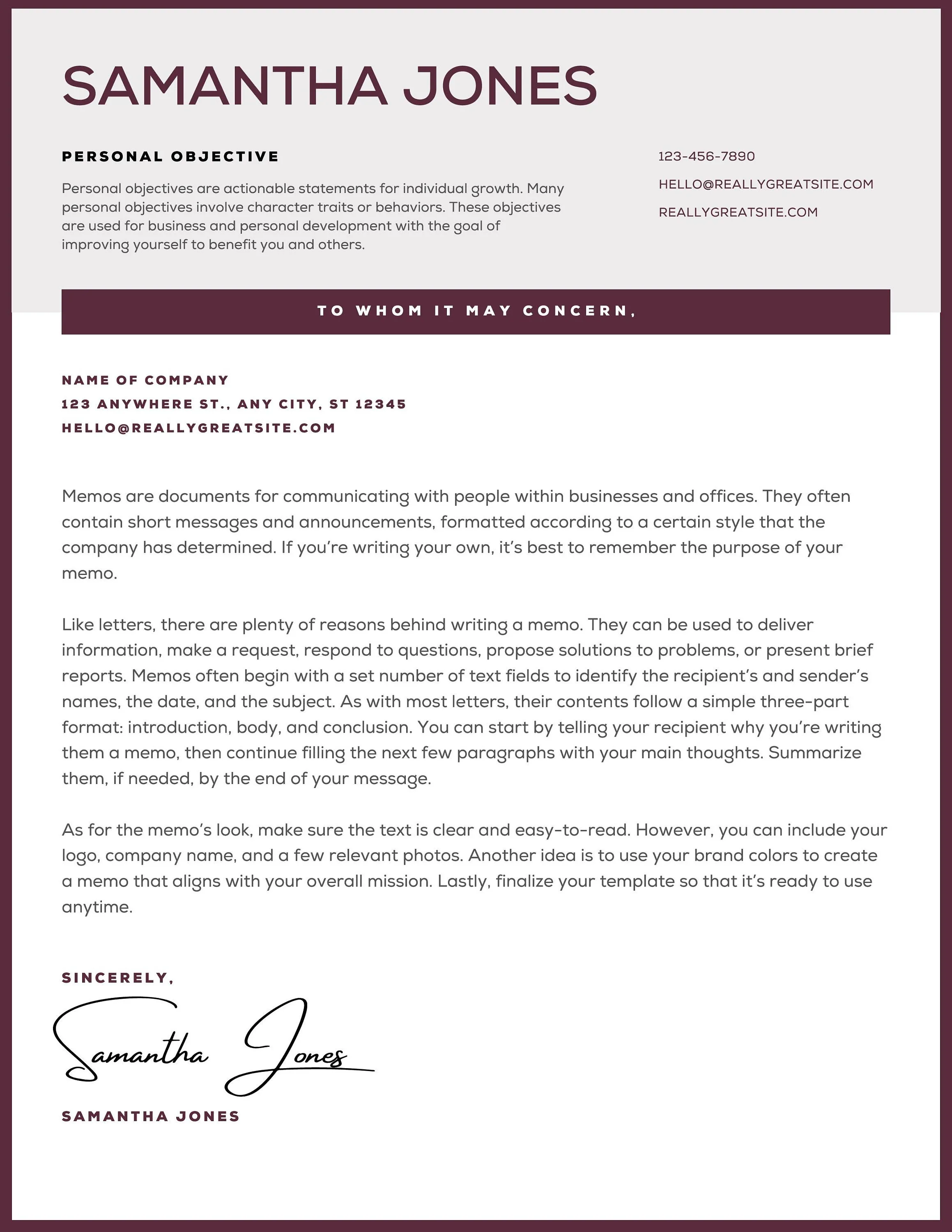
Proofreading and editing are critical steps in ensuring that your cover letter and resume are free of errors. Typos, grammatical errors, and formatting inconsistencies can make your application appear unprofessional and damage your chances of getting an interview. It’s essential to carefully review your documents for any mistakes before submitting them. A well-edited application demonstrates attention to detail and professionalism. Remember, a single error can be enough to cause your application to be rejected. Therefore, it is important to have someone else review your application.
Ensuring Error-Free Content
Carefully review your cover letter and resume for any errors in grammar, spelling, and punctuation. Check for inconsistencies in formatting, such as font size, margins, and spacing. Use a spell checker and grammar checker, but don’t rely on them entirely. Proofread your documents multiple times, reading them aloud to catch any errors. The goal is to ensure that your application is flawless and professional. It’s also important to be consistent with your word choice and writing style throughout the application. A flawless application will demonstrate your ability to pay attention to detail and commitment to quality.
Seeking Feedback from Others
Ask a trusted friend, family member, or career advisor to review your cover letter and resume. They can provide valuable feedback on the content, formatting, and overall presentation of your application. A fresh pair of eyes can often spot errors that you might have missed. Ask your reviewer to provide feedback on the clarity, conciseness, and effectiveness of your application. Their insights can help you refine your documents and make them even more compelling. Seeking feedback from others helps improve your chances of success. This ensures that your application is the best it can be.
Conclusion
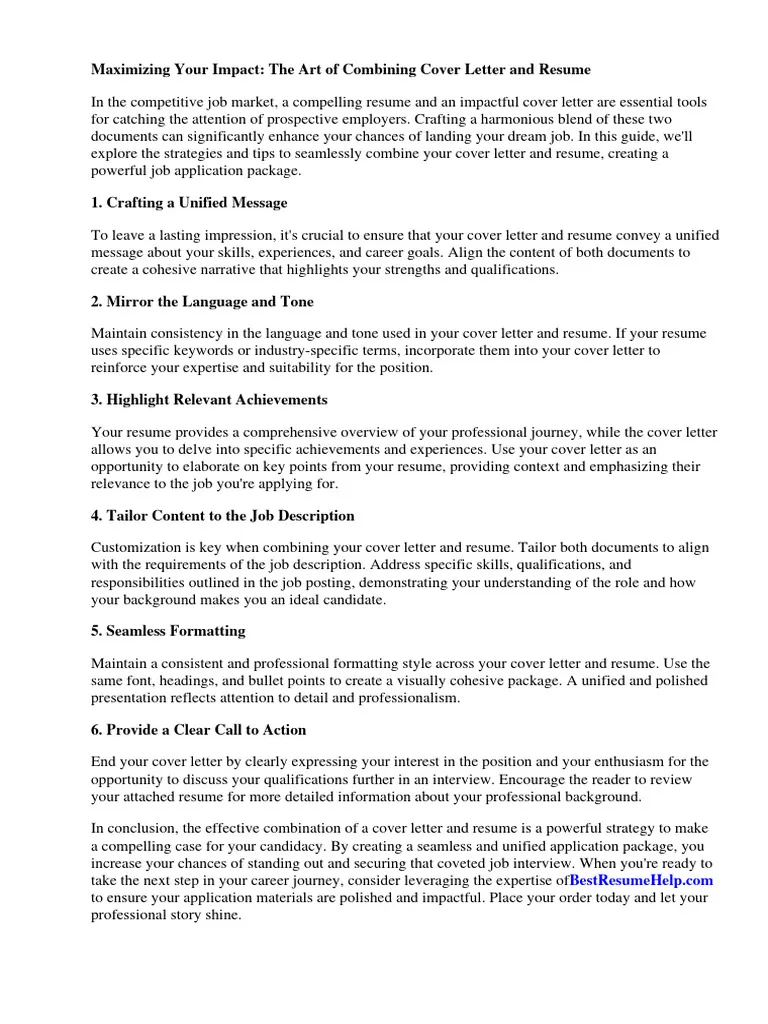
Combining your cover letter and resume strategically is a powerful way to improve your job application. By following these top 5 tips, you can create a compelling narrative that showcases your skills, experience, and personality. Remember to tailor your application to each job, structure it professionally, integrate the content, optimize keywords, and proofread carefully. This strategic approach will boost your chances of getting noticed by hiring managers and increase your chances of landing an interview. With a well-crafted cover letter and resume, you’ll be one step closer to landing your dream job. Good luck with your job search!
